Why segovia is so important

Growing up on Whidbey Island (Langley), as a teen I learned to play guitar on my own, at that time I knew nothing of Segovia.
My guitar playing was all about 3 chord songs. Songs of the 60″s, playing on my first beater guitar that I paid $49. I think I was around 14 years old, and I would sneak into my room to try to play what I had heard on the radio. But seemed like I never had enough time to myself, as I would always be found to haul firewood or some other chore, as we lived on a small farm and there was always some job to be done.
(In the photo I am outside practicing on my nylon string guitar, hopefully out of listening ears of doing chores.)

(1877-1940)
When Segovia began, the guitar was played only in cabarets, by Gypsies. I am exaggerating a bit, as there were a few classical guitarists in Spain when Segovia was growing up. None of any with great stature, none performing where he lived and no teacher capable of bringing out the full potential of a student such as Segovia.
He learned some basics techniques from Agustinillo, an amateur flamenco player and after a few sessions he decided to study on his own. Segovia states that his early musical education involved the double function of professor and pupil in the same body. I personally think anyone interested in guitar should take the time to read all about Segovia at Segovia’s life Andres Segovia: An Autobiography of the Years 1893-1920.
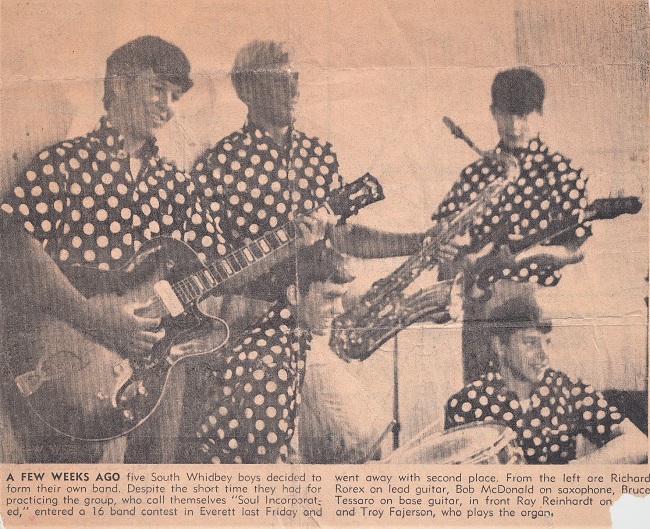
My life with the guitar was intriguing as I continued to listen and watch others play, especially watching the Johnny B Trio, with my nose pushed up against the the window. I was not allowed in as I was too young.
I knew nothing about the fret board at that time, as I was happy to learn chords and licks. I could read a little music on staff but did not know how it related to the notes on the guitar. At 15, I played in Battle of the Bands.
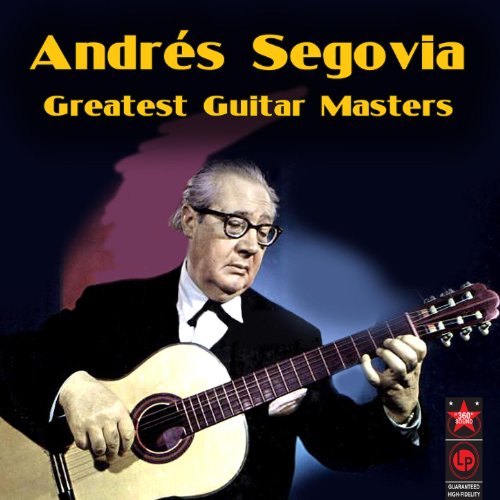
Despite the discouragement of Segovia’s family, who wanted him to become a lawyer, he continued to pursue his studies of the guitar diligently. At that time when Segovia studied, there was no music written for guitar. Music was written for piano and stringed instruments, so he would have to transcribe to play. Note by note he studied and played, finding his way.
As time went on and Segovia played throughout the world his repertoire consisted contemporary works of the time, including concertos and sonatas, usually specifically written for Segovia himself by composers with whom he forged working relationships. Andres Segovia, My Book of the Guitar: Guidance for the Young Beginner or Diatonic Major And Minor Scales Book.
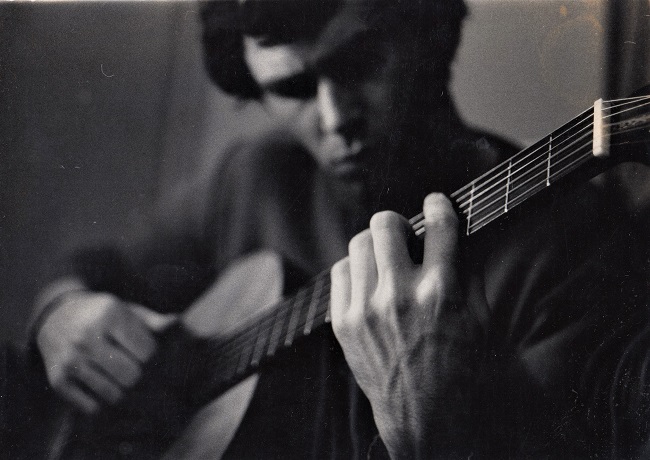
My real commitment to the nylon string guitar happened when I returned from my hitching trip to Europe upon turning twenty one. I went through Spain while on my trip and heard the loveliest music being played on the street by a young teen, it was not flamenco. I watched and listened. I was not sure I had ever really seen someone play this way before. He handed me his guitar and I played what he had played. We went back and forth. I was clumsy and all fingers as I did not really know the technique. Upon my return to the US, I decided to pursue this sort of guitar playing. I still did not understand what this style involved, but I was set in a new direction. I found myself a new guitar teach Al Turay.
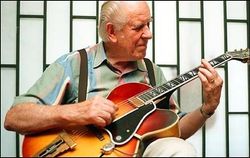
I have to tell you at twenty-one years old, I was a little intimidated by Al. He asked me to play a little something for him and I picked a 3-chord song. He told me I needed to learn the fret board. He scribbled out a lesson on paper and told me to do practice and come back next week. Each week I would return to play what I had practiced, and he would scribble another lesson. I did this off and on for almost 3 years. Al would continually impress upon me “The Fret Board Is Where It’s At”. (more about Al in future stories)
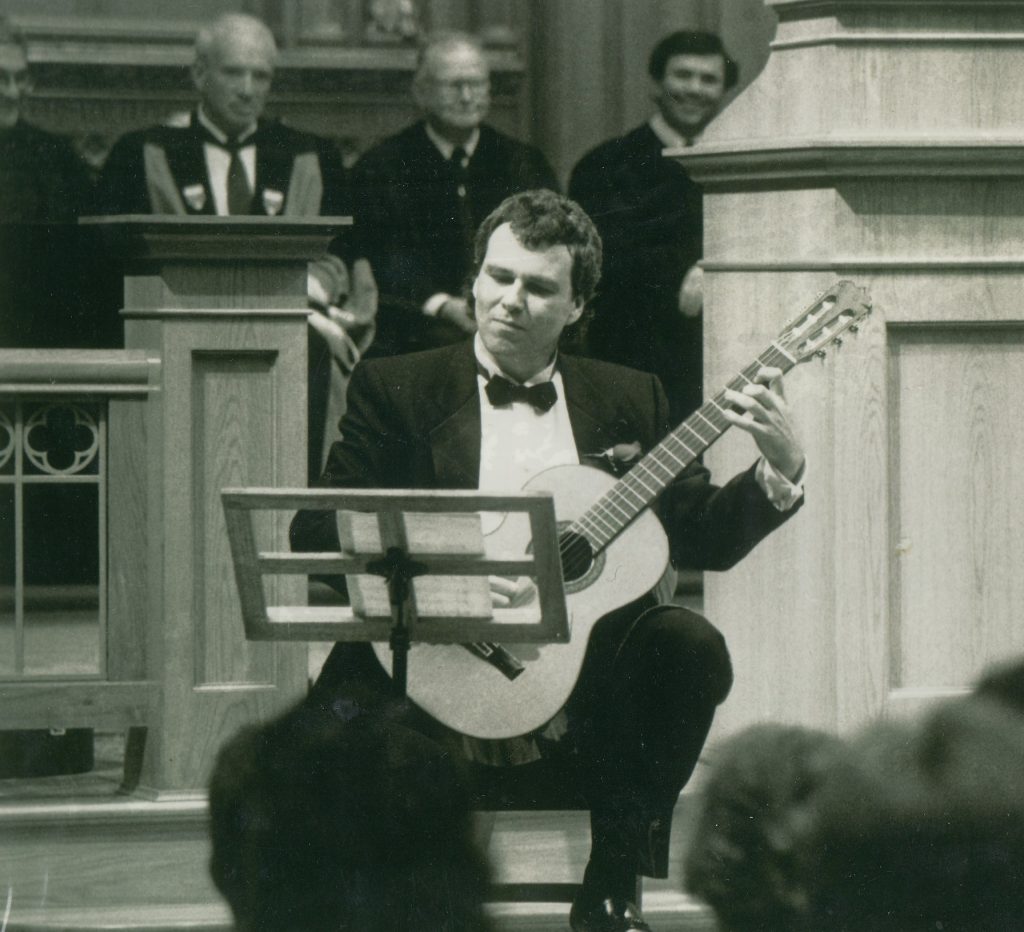
Over the years I have learned many pieces that were transcribed for and by Segovia. During my later years I studied at Cornish School of the Arts in Seattle in the Classic Music Program I spent hours practicing his works. He was the prime mover behind the enrichment of the guitar repertoire in the first half of the last century, bringing the guitar to the concert halls of the world, giving it equal status to the piano and the violin. I would encourage you to listen to his works whether as a player or audience listener. Listen to Andres Segovia Collection.
“As an Amazon Associate I earn from qualifying purchases.”